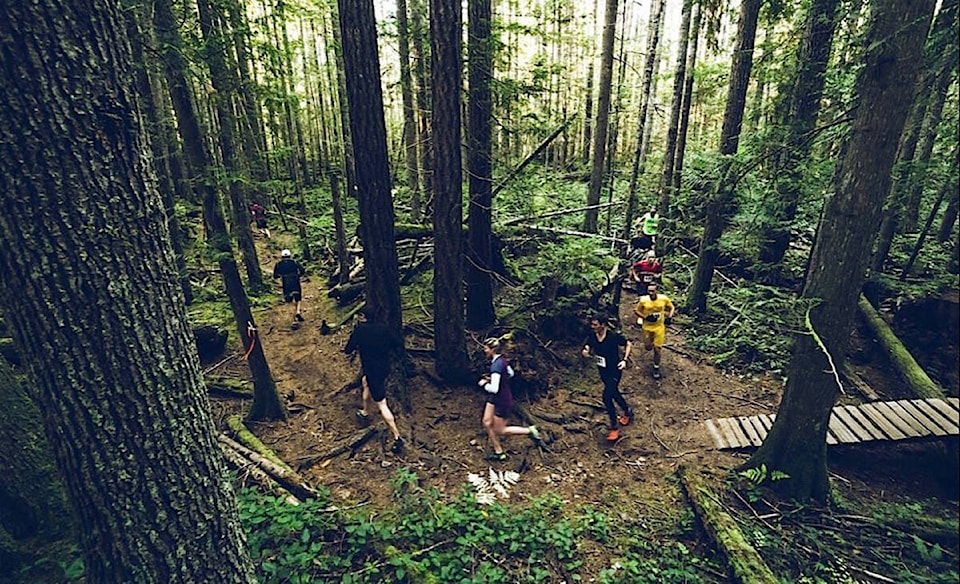The trails of Cumberland are more popular than ever, it seems, but that also provides some challenges.
United Riders of Cumberland (UROC) president Evan Loveless and executive director Dougal Browne appeared before council in March to give an update for the first time in a couple of years.
“We wanted to provide some highlights and a bit of a summary,” Loveless said. “Every year we go through a strategic planning process.”
Browne gave an update of where the trail system is at and where it might be headed. It includes more than 185 trails, much on private land. The group has also grown in recent years to the point where it has almost 2,100 members. The last time UROC appeared before council, it had 721 members.
The system is the one of the leading trail networks in North America, or as Browne said, it has been described as the fifth-busiest.
“The appetite for trail use is increasing,” he said.
RELATED STORY: United Riders of Cumberland construct new climbing trail
This can means relationships, even conflict, among different user groups, such as hikers and bike riders, issues around proper trail etiquette and ecological impact.
“We’re always hearing about trees down and problems in the network that we go and fix,” he said. “The very nature of the network is changing.”
From UROC’s point of view, the strategic plan is an opportunity to focus on these issues over the next three to five years. To produce a plan, they conducted a survey of users and received more than 500 respondents. They also relied on trail counter data and feedback from stakeholders. The current draft of the plan will again be referred to council at a later date.
Goals include maintaining and enhancing the trails through the work of 63 active trail builders and which took place over many sessions. At the same time, they have to consider values such as water protection, the working forest around the trails and potential wildlife conflicts, all while creating the best user experience.
Specifically, they are looking at reducing ‘pinch points,’ or areas of high traffic, often where people enter or exit. Loveless and Browne even showed council heat mapping to highlight these spots as well as underscore the need for better trail connectivity and spreading users around the system. They said redesigning some trails can help reduce potential conflict.
Council members credited UROC for the work to manage the community resource.
“You guys do a lot of great work with limited resources,” Coun. Sean Sullivan told Loveless and Browne.
He asked about some of the pinch points, such as around Sutton Road. Loveless responded that they do have ideas on where they can disperse users to reduce the pressure on the land.
While the system and group have both grown, Browne said the aim was not one of endless expansion.
“We’re not going to build more trails for the sake of building trails,” he said.
Others on council expressed concerns about extreme climate events such as ‘atmospheric rivers’ or forest fire threats and whether this might mean more periods when trails have to be closed.
Browne said they have been noticing changes in the network and may consider more closures when needed.
“We’re very aware of the change in the climate,” he said. “We’re not really sure what’s happening tomorrow, but we’ve definitely seen what happened yesterday.”
mike.chouinard@comoxvalleyrecord.com
Like us on Facebook and follow us on Twitter.
